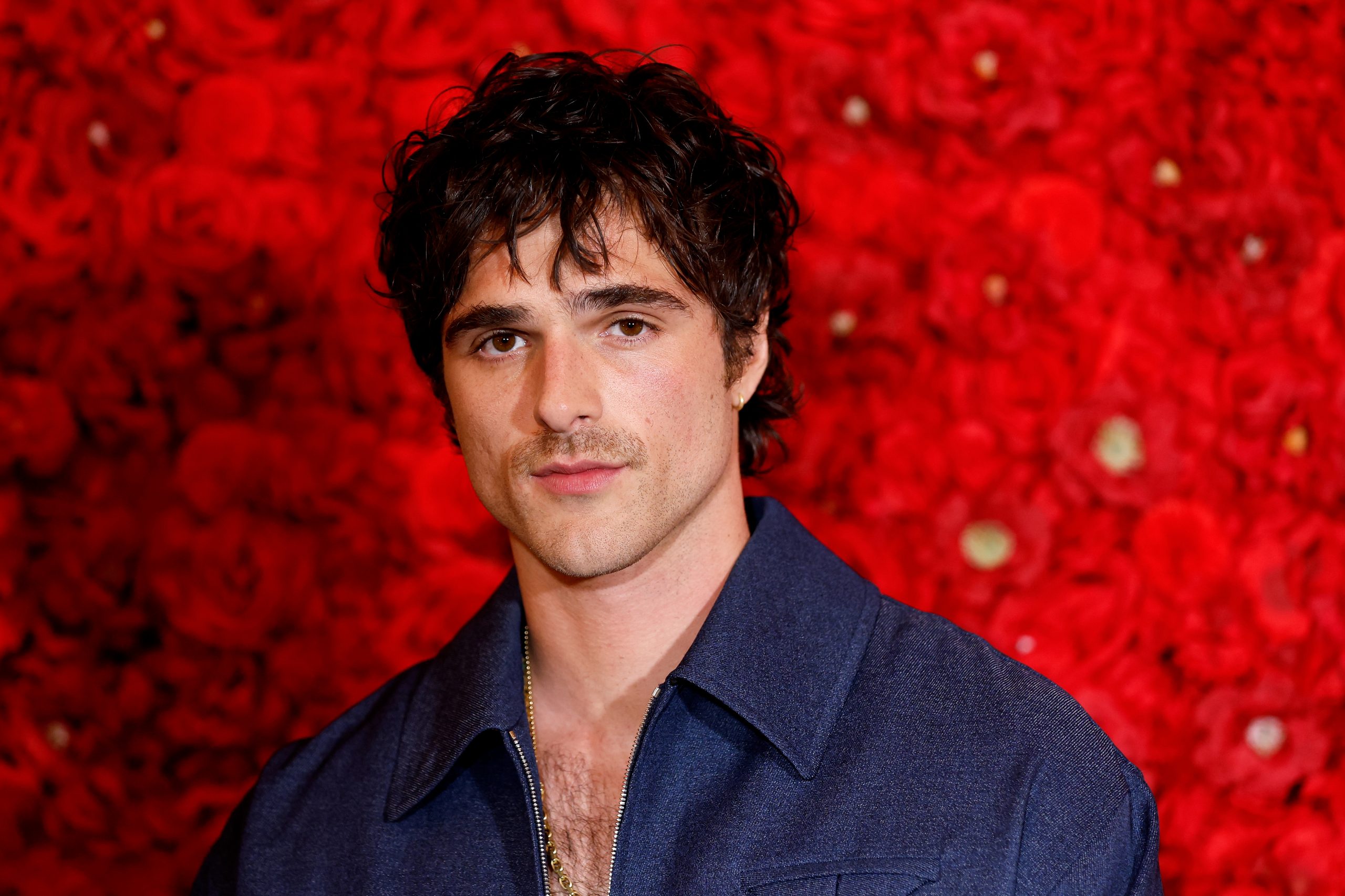

Is there forced inclusion? When and when it doesn’t apply to movies and series – Disney | Amazon Studios (courtesy)
From time to time there is a controversy over the networks on the subject of “forced inclusion”, of which many have been seen at one of the polarized extremes of the debate. However, and as in any polarizing case in social networks, things have been exaggerated to the point that there is no neutral position. In any case, there are films and series in which it exists, and others in which it clearly does not exist.
First, by definition, according to UNESCO, the Inclusion is “an approach that responds positively to the diversity of people and to individual differences for the enrichment of society “. This applies to movies and TV series, or entertainment in general, which, in recent years, has seen an increase in “people of all ethnicities, colors, races, sexual orientations, sexes, ages, looks and creeds”.
In order for someone not to get lost, in cinema and television, “forced inclusion” also speaks of the aforementioned people, usually minorities (but not necessarily) in new productions, in this case films and series, although it can be taken to any medium.
For some industries this is a problem, since the stories and their characters are not “justified” in a natural way, and are only there to satisfy a “quota” in that sense. But to understand where the term comes from, it is necessary to understand that cinema, as a product, was intended only for people who could afford tickets, i.e. white, heterosexual, neurotypical, without disabilities, and of a certain social standing.
Where does forced inclusion come from?
Representation in art and entertainment of social minorities is not a trend of recent years, as there are cases in which, since the first film screenings in 1895, this art could only be enjoyed by certain sectors of society. Starting with the struggle for civil rights of blacks in the 1960s, several minority groups began calling for the inclusion of diversity in large productions.
In our current situation, major Hollywood productions, especially Marvel, Disney or any major film production company around the world, have been singled out for “forced inclusion” in some of their stories. As in the famous cases of lesbian kissing in ‘Lightyear’, the female cast of ‘Ghostbusters’, or recently with ‘The Little Mermaid’ and ‘The Lord of the Rings: The Rings of Power’.
Each case is special and unique, and it would be necessary to analyze the particular context of each dispute, however “forced inclusion” is real, it exists and, in any case, it is there to represent a minority group, of any kind. . But also, on the contrary, it is a questionable practice like any other in the industry.
Yes, there are those who support it “forced inclusion” is linked to progressive ideology, or to the culture of the “awakened” so badly referred. But while some scold each other, companies make the most of the controversy, wanting to look good in front of a new audience, but, at times, being right and necessary to stay on that fine and ambiguous line to satisfy both sides.
This is why the term “bait” was also born, that is a connection to attract a certain type of audience, promising something like LGBTIQ + characters, representation of racialized people, or feminism, when, in the final product, it is something that is minor, it has so little space for the plot, or is it just there, as if they put something else.
Moreover, the most alarming cases for those who are against this trend, curiously, are found in products “dedicated” to a public of children, and which are the ones that cause the most itch among the population. Like, for example, the aforementioned ‘Lightyear’ or ‘The Little Mermaid’, which by chance triggered the alarm of parents who “pervert the mentality of children”.
In the case of changing the race of a character, as in the case of Halle Bailey as Ariel, or the inclusion of a black elf in “The Lord of the Rings: The Rings of Power”, there are no major problems because his message or story does not revolve around skin color or character identity. In any case, this does not detract from the interest of capitalist companies in wanting to be liked by a new audience.
And on the contrary, there are cases where “forced inclusion” exists, but it also polarizes the more racist, misogynist and sexist sectors that hide behind the term, to launch attacks on anyone against their position. Finally, the reflection is that any producer must be understood separately, as well as his context and intentions of him, and generate a clear conclusion after all of this.
By Jorge Ruiz
Source: Nacion Flix
Crystal Leahy is an author and health journalist who writes for The Fashion Vibes. With a background in health and wellness, Crystal has a passion for helping people live their best lives through healthy habits and lifestyles.




